We want to kick our post on writing the perfect book description off with a metaphor: one where you imagine your reader as a fish and your book as a tasty worm. You want readers to buy the book that you’re selling, similar to how you’d want a fish to grab the worm if you’re fishing! The only problem is that there are so many worms (or books in our case) to choose from in the world.
With all these available worms, you’re worried that yours might go completely overlooked. So how do you make your worm the prettiest, shiniest, best-looking option? You package it well.
We’ve shown you that there are many steps to successfully marketing your book, such as creating an attractive book cover, properly utilizing Amazon ads, setting up and managing an author page, and more.
But one crucial detail that authors often overlook is their book description. To reference our Freebooksy and Bargain Booksy emails, this is what we’re referring to: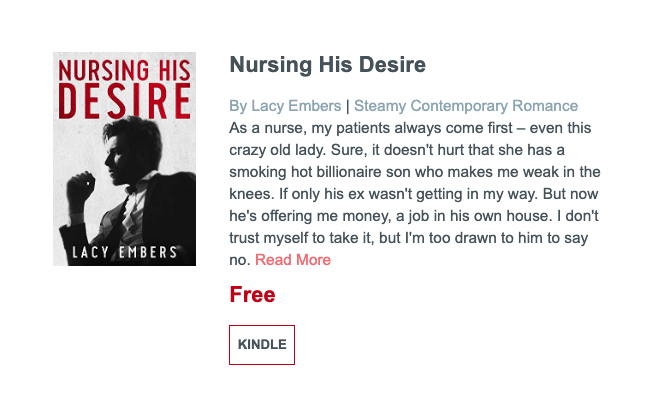
A successful book description will stop readers in their tracks, intriguing them enough to want to engage with your book. An unsuccessful book description, however, will make readers move on to the next book.
So how do you write a winning book description that will drive sales? Keep reading our article to
- discover the steps to book description success,
- learn how to test your blurbs,
- and access the template that Written Word Media’s editorial team uses.
How do you write a good description?
Part of knowing how to write a successful book description that sells is knowing what not to do. Let’s break down the do’s and don’ts you’ll want to follow when writing your book descriptions:
The do’s:
- Succinct and to the point
- Proper utilization of grammar
- Eye-catching, powerful language
- Inclusion of awards, high reviews, or ratings
- “Perfect for fans of… x, y, and z.”
- Audience and age appropriate
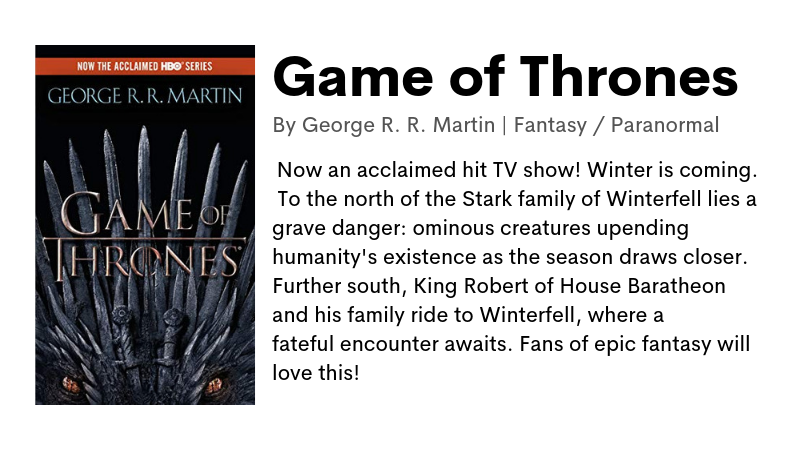
The don’ts:
- Shouty caps
- Too short
- Cut off words
- False claims
- Misspellings or typos
- Dated language like “just released”
- Aggressive call to action (“You MUST buy this book!”)
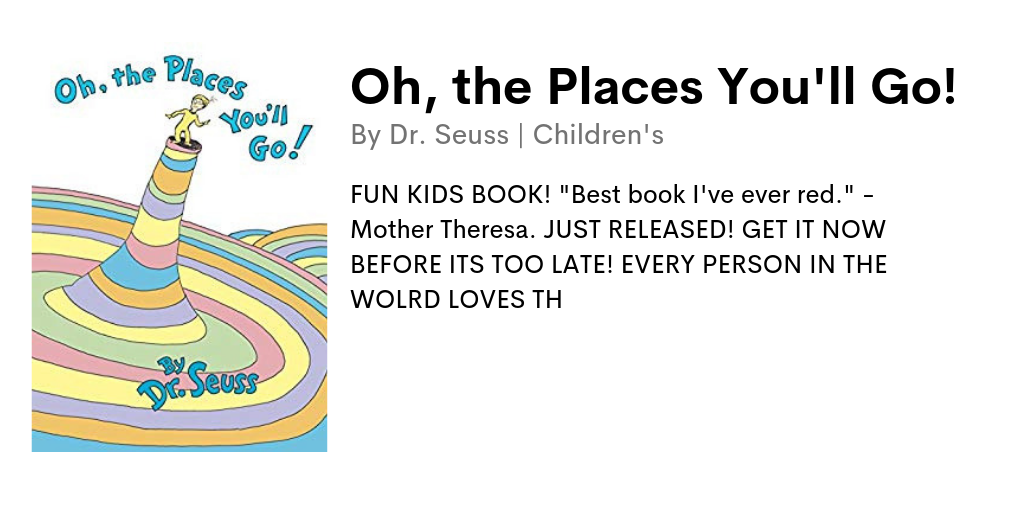
Keep in mind that retailers like Amazon may accept longer descriptions than the ones shown in this article. You’ll need to tailor each site’s requirements to your needs.
While there are very obvious good and bad choices to make when writing a book description, there are a few surprising choices that don’t make much of a difference to readers. As Bookbub’s article on blurbs and eBook descriptions explains:
- including details such as bestseller type (New York Times versus USA Today),
- putting a question at the end in order to hook the reader,
- saying the book is a first-time debut,
- or including the series name did not affect readers positively or negatively.
Book descriptions are something that may need to be updated over time. As your book earns more and more reviews, ratings, or gains feedback, there may be information you’ll need to add (or remove).
How do you test a good book description?
Buckle up, everybody. It’s time for a quick lesson on marketing. The easiest way to test your book descriptions is to start out by creating two versions of similar text, like this:
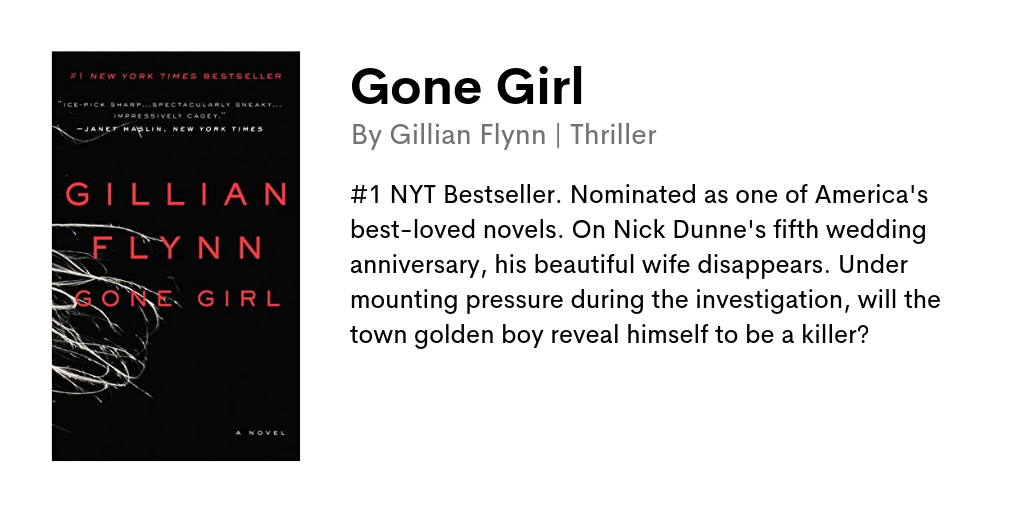
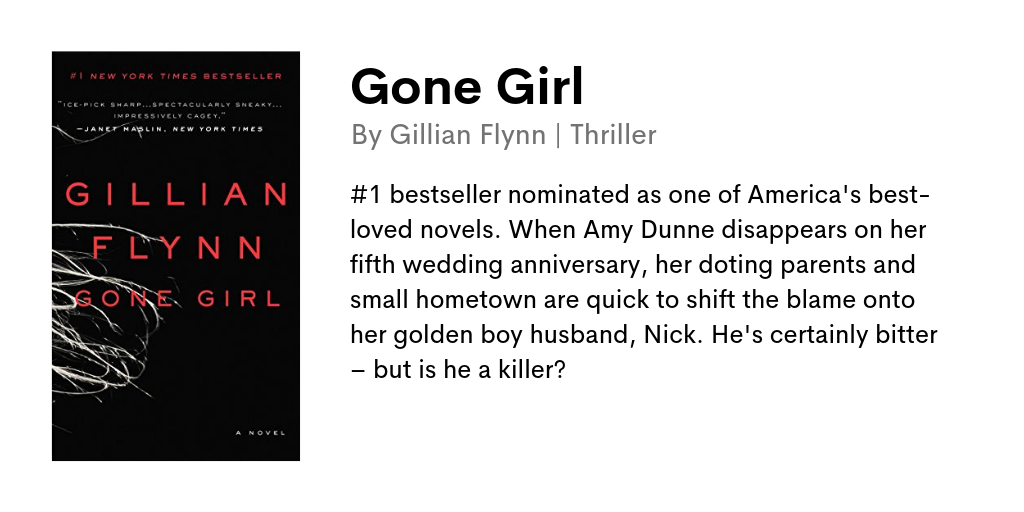
Note that both versions of this book description basically have the same information. They begin with listing important accolades that represent the renown of this book. However, from there, they split into two different directions. Book description A focuses more on Nick Dunne’s perspective, while book description B hones in on Amy.
Once we’ve created two versions of our book description, we’ll actually need to test them against each other to determine a winner. This is called A/B testing and reveals a clear winner between two options.
My recommendation would be to book two promotions for your book and test book description A against book description B.
While there are factors outside our control that can affect reader engagement, checking out results from these two different promotions should show if one book description was more effective than the other.
Crafting the perfect eBook description – the Written Word Media template
Wouldn’t it be nice if there was a template for crafting the perfect book description, one that would see high click-through rates, result in sales, and market your book as professional and worthy of being read? Well, well, well… Do I have something for you!
Although I can’t quite guarantee the success of your book description, I can give you the template that the Written Word Media team uses when writing our own book descriptions. Overall, we want to make sure that our book descriptions will:
- Reflect positive sales, reviews, ratings, or book interactions.
- Be an appropriate length so that our 350 character requirement won’t cut words off or be left too short.
- Not contain any spelling or grammatical errors.
- Have at least one hook or interesting point to grab readers’ attention.
- Inspire readers to click “buy”.
This can be done by following five steps from our template:
Start your description out with your eye catcher, grabbing the reader’s attention.
Follow by a teaser of the plot and add on a comparison, such as “perfect for fans of JK Rowling”.
Finish things up with a testimonial showing how great your book is, and then stick the landing… With a little something to make readers really want to buy your book! Ours looks like this:
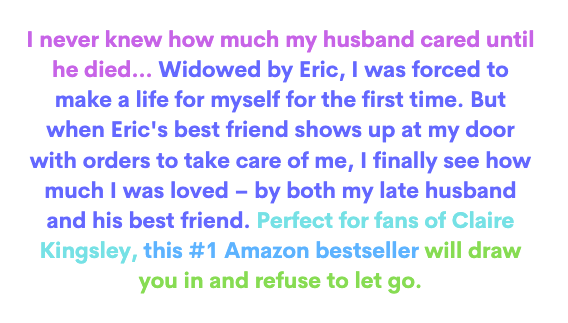

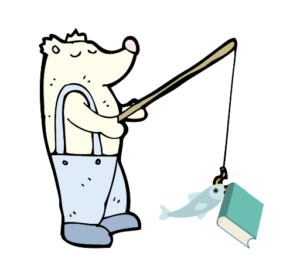
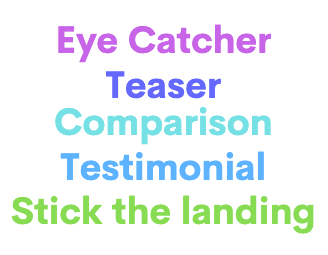
Kelsey, I love how you broke this process down in an easy-to-implement fashion: well done.
Thank you so much, Cyrus!
great advise. how can I get a catching book description?
It’s really good, but I have a problem with that final examples going from past to present tense. Not so much the first line, but that second line should be present tense. “Now that I’m a widow, I have to make a life for myself for the first time.” So that it agrees with the rest of that paragraph.
The first line, I’d set off with bold text, with line 2 starting a new paragraph.
Love the template! Great blog, as always.
Thanks for the feedback, Maggie!
Very helpful marketing tips. Point about descriptions that need alteration is relevant. After reviews and good replies from readers, as an author, you grow in confidence. Certainly earlier descriptions for certain novels now appear dated and not sufficiently informative.
This is just terrific. I’m already a loyal customer of your service, and I appreciate all these little extras. Thanks.
Do you feel for the book description it is better to use first-person vs. third-person narrative?
Hi Lana, I think both can be equally effective for readers. However, you might want to stick to one or the other (and not utilize both) in a shorter book description to avoid confusion.
I think heading is more important than description to attract users and readers it would define all about the book.
Nice, succinct article Kelsey. Great work on color-matching the list of names of each section above to the description below.
Thanks, Michael!
I like the marketing breakdown aspect… however, not all books are single genre novels. What would the marketing description for an anthology of short stories look like? With each story being unique in its own way and written by multiple authors, showcasing only one author’s story would not properly showcase the diversity of the anthology. Not enough room to include 15 teasers. We noted our accolades, pointed out and highlighted the diversity of genres, but are still in question on how to create a tease or make a comparison with such a broad scope of stories. Has the WrittenWord Media team ever created a marketing description for a multi-author short story anthology?
Hi Patrick, that’s a really great point. I’ve noticed that book descriptions for short story collections tend to provide a brief overview of the general theme across each story. For example, if you were promoting a collection of poetry, you might discuss the general ideas expressed throughout the collection (like love poems, poetry about growing up, and so on). Hope this helps!
Thank you for the response. We kind-of shot ourselves in the foot marketing-wise… 15 exceptional stories in 13 different genres (Sci-Fi-Fantasy-Mystery-Dystopian-Romance…) all with one common thread, a simple button! In a single genre search, listing and promotional world, diversity is hard to market. #ThroughButtonEyes
Just one proviso, I recommend putting the review excerpts AFTER the book description, especially if there are a lot of them. With my reader hat on, I want to know what the book is about. If that information takes too much scrolling, I move on.
Awesome feedback, Jaq. Thank you!
At the point when you are confronting the errand of composing your book description, the most legitimate activity appears to be simply to read the book at then summarize it – set up its significance and depict your impressions, give your thoughts and sentiments on different angles, and afterward pass your judgment.
I think I am ready to do that in the wake of perusing this post here. You know a ton about Subject. I value your insight.
These are words of wisdom. I had up an ad that was drawing zero clicks… then I changed my copy, and bingo!
I think I am prepared to do that in the wake of scrutinizing this post here. You know a ton about Subject. I esteem your knowledge.
Looks actually ideal and helpful post thanks for share…
Amazing your article always with deep research
Very helpful and insightful. I’m in the process of finalizing the title of the second book in a three-part series. Thank you!
how can I get a perfect book description?
I really liked it, I will apply it to all my books because after reading this information and applying it, the description of my book looks more professional.